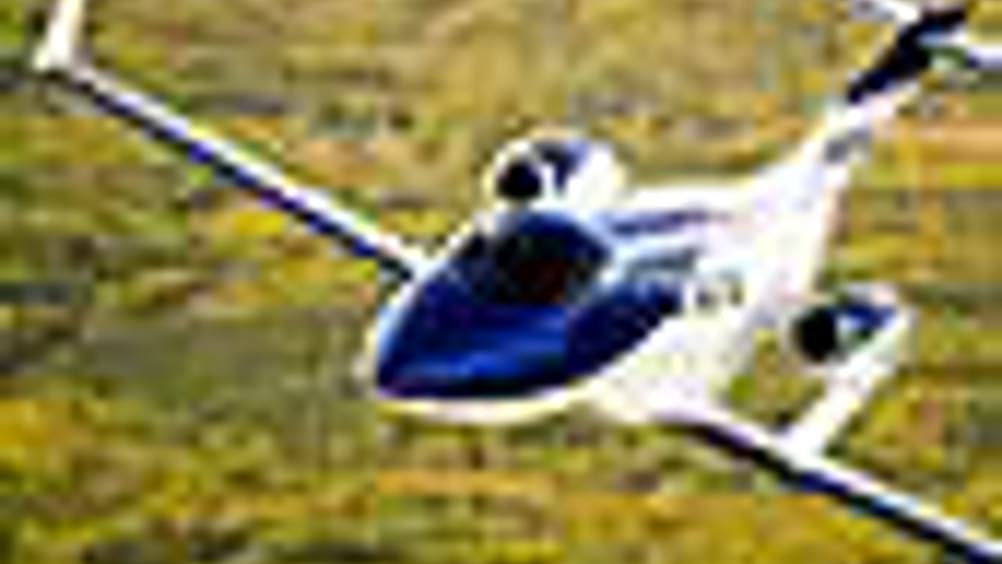HondaJet takes off in USA

Honda has announced plans to enter the HondaJet in the expanding ‘very light jet’ market, with the sales order process expected to begin in
To achieve this, Honda will establish a new
Making the announcement at the Experimental Aircraft Association (EAA) AirVenture 2006, Honda also revealed plans to form a business alliance with Piper Aircraft to collaborate on sales and service, and to explore opportunities in engineering and other areas within general and business aviation.
“Aviation has been an important dream of Honda for more than four decades,” said Satoshi Toshida, senior managing director of Honda Motor Company. “Our goal is consistent with the philosophy of other Honda products – to provide convenient and efficient transportation that will make people’s lives better. We are excited now to enter a new dimension of mobility.”
Register now to continue reading
Thanks for visiting The Engineer. You’ve now reached your monthly limit of news stories. Register for free to unlock unlimited access to all of our news coverage, as well as premium content including opinion, in-depth features and special reports.
Benefits of registering
-
In-depth insights and coverage of key emerging trends
-
Unrestricted access to special reports throughout the year
-
Daily technology news delivered straight to your inbox










Water Sector Talent Exodus Could Cripple The Sector
Well let´s do a little experiment. My last (10.4.25) half-yearly water/waste water bill from Severn Trent was £98.29. How much does not-for-profit Dŵr...